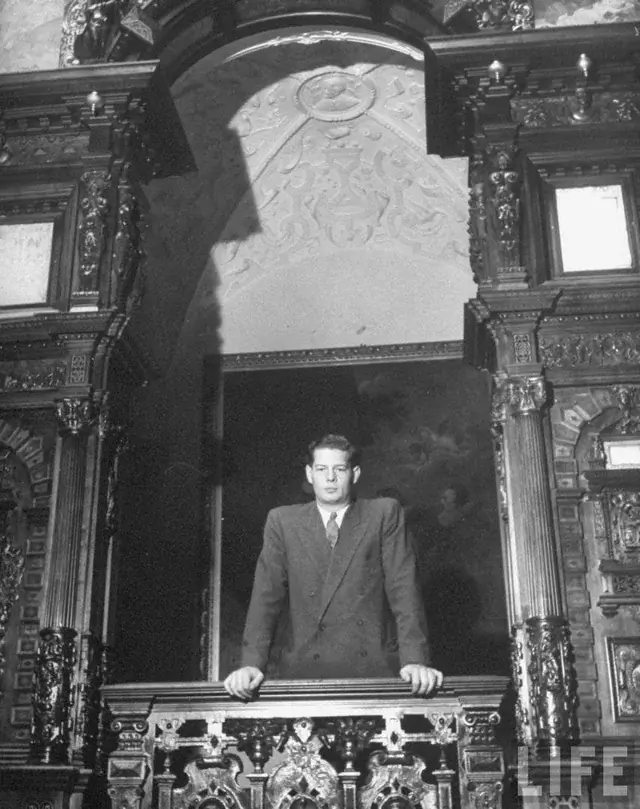In the annals of Romanian history, few figures are as enigmatic as King Mihai I. His reign, marked by tumultuous global events and dramatic national upheaval, was far from conventional. Today, we will journey back in time to an era brimming with unpredictability, courage, and change. We will traverse the corridors of the royal palace, stand at the very balcony from where King Mihai I watched Romania evolve, and delve into his reign from 1940 to 1947.
Table of Contents
The Ascension of a Young King
Before we step onto the palace balcony, let’s rewind to the start. King Mihai I was barely 18 when he ascended the throne for the second time in September 1940, thrust into the maelstrom of a Europe on the brink of war. His rule followed the abdication of his father, Carol II, offering a hope-filled yet challenging new chapter for Romania.
The Palace Balcony: A Silent Witness
The palace balcony was more than just a vantage point for the young king. It was a silent witness to the unfolding narrative of Romania during these critical years. It saw young Mihai’s transformation from a sheltered prince into a decisive leader, bearing the weight of a nation on his youthful shoulders.
1940: A Palace Balcony View of World War II
From the palace balcony, the view in 1940 was a sobering one. The specter of World War II was looming large, and Romania, rich in oil and grain, was an irresistible prize for Axis powers. The country was caught in a whirlwind of political changes, with the authoritarian Iron Guard and General Ion Antonescu seizing power.
1941: The Year of Decisions
As 1941 dawned, King Mihai I faced a series of crucial decisions. From his palace balcony, he witnessed Romania officially entering World War II on the side of the Axis powers, a move that weighed heavily on his conscience. The year was marked by increased persecution of Jews and political opponents, a grim reality that the king had limited power to change.
The Turning Tide: 1944 Onwards
The year 1944 was a turning point, both for the war and for King Mihai I. As the tide of war began to turn against the Axis powers, so did public sentiment within Romania. From the palace balcony, the king could sense the shifting winds of change.
The King’s Coup: A Bold Move
King Mihai I made a bold move on August 23, 1944, arresting Antonescu and switching Romania’s allegiance to the Allies. This coup, executed with the help of opposition politicians and Army officers, was a pivotal moment in the war and a testament to the king’s courage.
Post-War Challenges and Abdication
Following the war, King Mihai I was confronted with a new set of challenges. The arrival of communism brought a fresh wave of political upheaval. Despite the king’s efforts, Romania became a satellite state of the Soviet Union. From the palace balcony, the king watched as his country transitioned into a communist regime, an era that would drastically reshape Romania’s socio-political landscape.
The End of a Reign: Abdication and Exile
The year 1947 marked the end of King Mihai I’s reign. Forced to abdicate by the communist regime, he left Romania and went into exile. From his palace balcony, he bid farewell to a country that had drastically changed during his rule, marking the end of an era and the beginning of a new, uncertain chapter for Romania.
Reflections from the Palace Balcony
As we reflect on King Mihai I’s reign from the perspective of the palace balcony, we witness a period of remarkable change. The young king was a figure of stability amid the shifting sands of Romanian politics. He navigated the currents of World War II, led a bold coup against an authoritarian regime, and faced the rise of communism—all while standing firm in his commitment to his country and its people.
King Mihai I: A Legacy of Courage and Resilience
King Mihai I’s reign, albeit short, left an indelible mark on Romania’s history. His courage, resilience, and dedication have earned him a place of honor among Romania’s historical figures. While his rule ended in abdication and exile, his legacy continues to inspire and resonate with Romanians and historians alike. His story, as seen from the palace balcony, is a testament to his unwavering commitment to his country, a narrative of courage and resilience in the face of adversity.
Conclusion: The Unforgettable View from the Palace Balcony
The palace balcony, a silent spectator to King Mihai I’s reign, provides an extraordinary viewpoint on a critical period in Romania’s history. From this vantage point, we gain a unique understanding of the challenges faced by the young king, the dramatic changes in the country, and the indomitable spirit of a leader who weathered the storm of global conflict and political upheaval. King Mihai I of Romania, a young king who stood at the palace balcony watching history unfold, remains an enduring symbol of courage and resilience.

